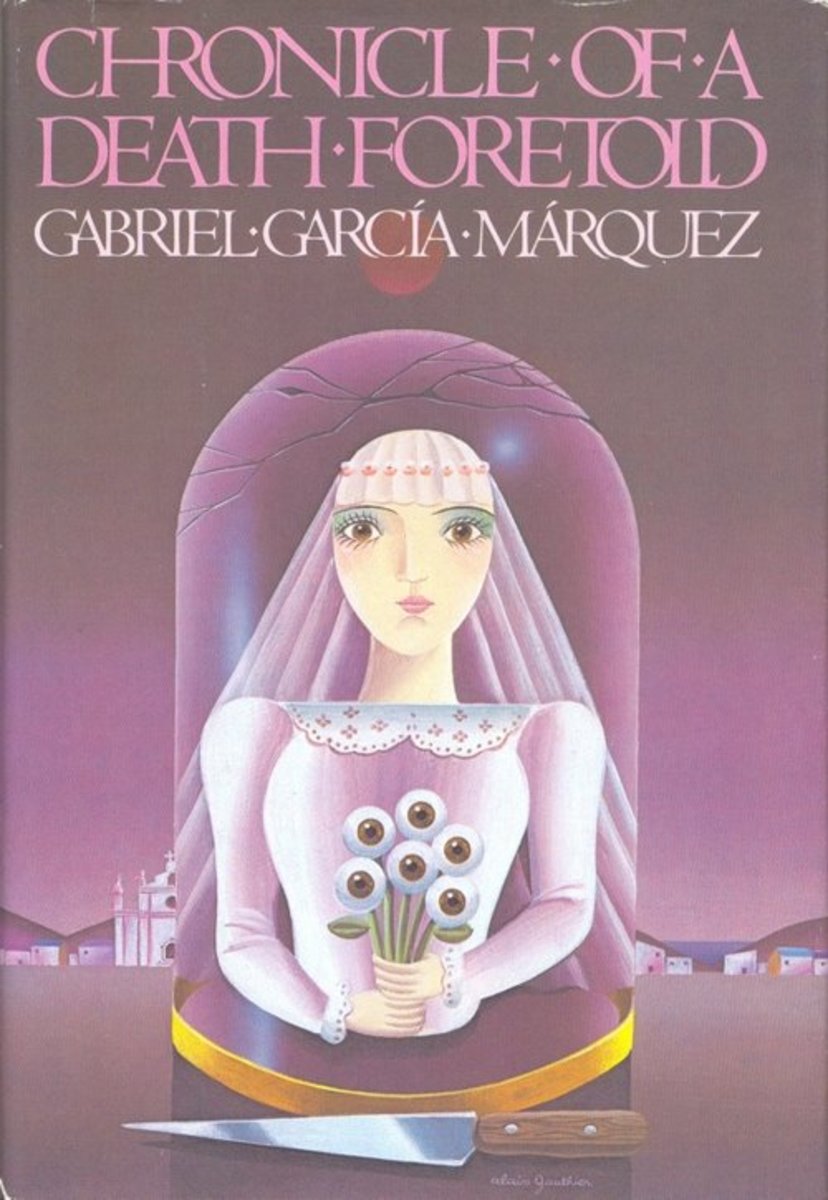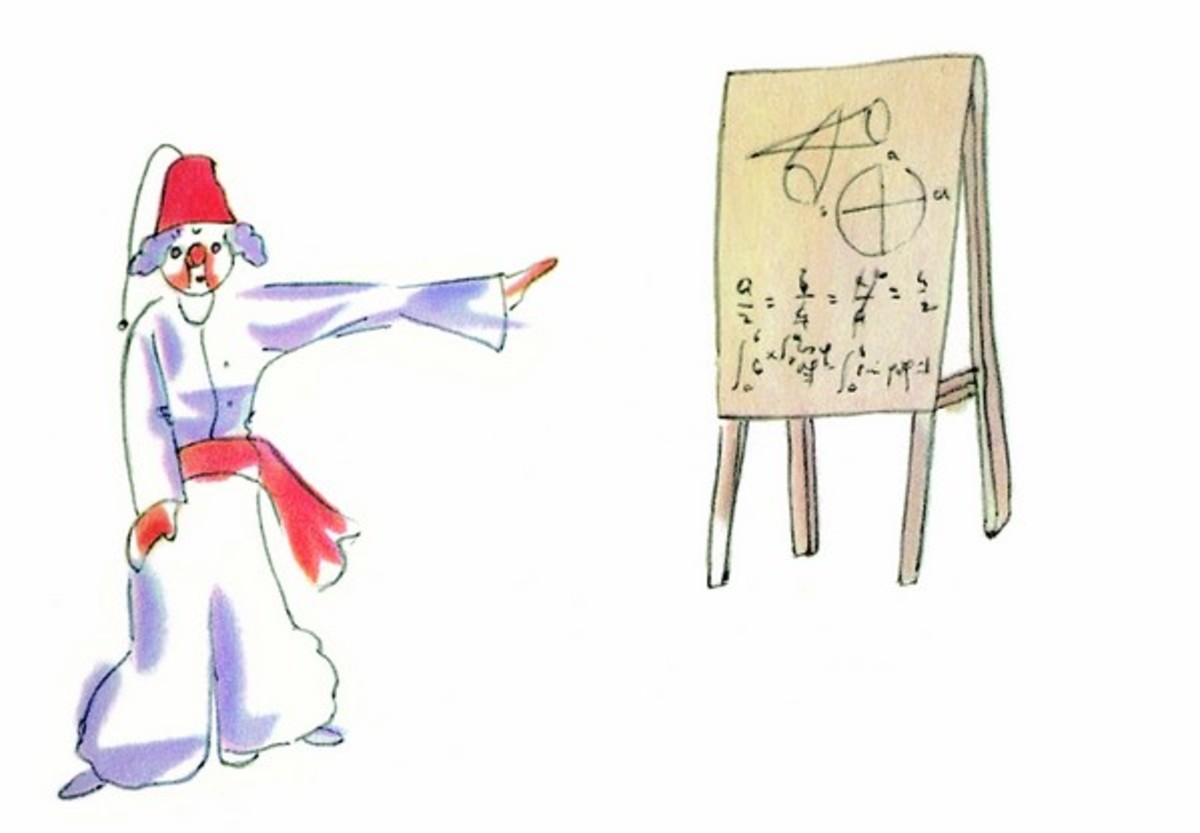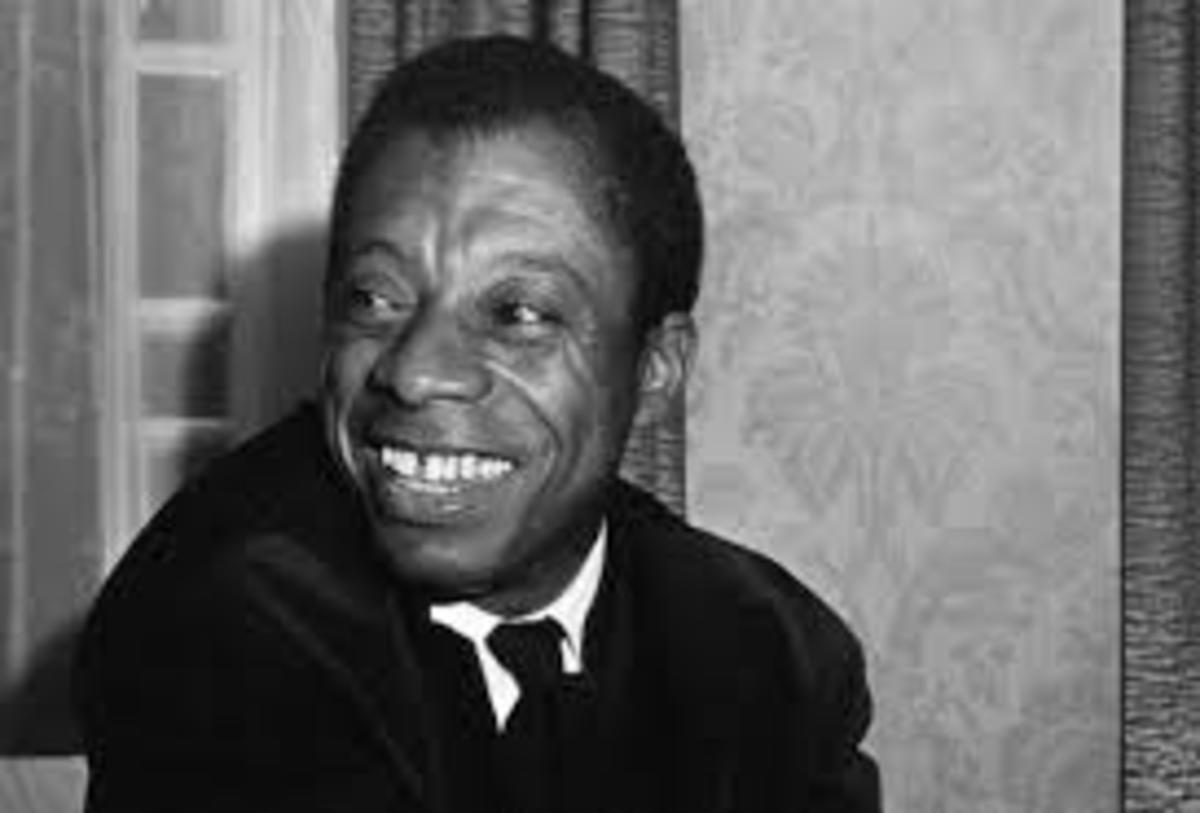Angela Carter: her view of writing

‘I had a little problem with facts...’[1]
Gut reaction
I am known in my circle as notoriously foul-mouthed. It’s a familiar paradox—the soft-spoken, middle-aged English gentlewoman who swears like a trooper when roused. I blame my father, who was neither English nor a gentleman but Scottish and a journalist, who bequeathed me bad language and a taste for the print, so that his daughter, for the last fifteen-odd years, has been writing book reviews and then conscientiously blue-pencilling out her first gut reactions—‘bloody awful’, ‘fucking dire’—in order to give a more balanced and objective overview.[2]
Angela Carter’s immediate response to the written word was from the lower belly, from the psycho-generative creative source at the root of our being, the intelligence that informs each cell. Because of this respect for life, she would not suffer foolish writers gladly—even if she did tone down her reviews in the interests of fairplay (very British!).
Her influences included Defoe, Blake, Swift, Poe, Carroll, Melville, Mary Shelley, the French symbolists, the surrealists, Barthes, Borges and Calvino. She did not have much time for Dickens (a strip-cartoonist) or Austen (whose mannered charm she found deadly).
Time stands still
All books, even cookery books and car-maintenance manuals, consist of narratives. Narrative is written in language but it is composed, if you follow me, in time. All writers are inventing a kind of imitation time... they are playing a complicated game with our time, the reader’s time, the time it takes to read a story. A good writer can make you believe time stands still. Yet the end of all stories, even if the writer forbears to mention it, is death, which is where our time stops short. Sheherezade knew this, which is why she kept on spinning another story out of the bowels of the last one, never coming to a point where she could say: ‘This is the end.’ Because it wouldhave been. We travel along the thread of narrative like high-wire artistes. That is our life.[3]
Burroughs’ project is to make time stand still for a while, one which is more frequently that of religion than of literature... [4]
Stories are everywhere for her; they all, in the end, are attempts at beating the reaper[5], at experiencing time stopped short, the circumscribed eternity of storyland’s ‘now’. Like Sheherezade, she is intent on weaving narratives to avert disasters.
Carter sees literature in religious terms—though, for her, salvation lies in the profane Word rather than the sacred Word. The neverending story, it’s a way to tie things together, to stand outside time and space, to connect[6] with an infinity of possibilities:
‘The world was the same,’ as she writes in one story, ‘yet absolutely altered.’ That's what it's like to read Carter, to recognise what's familiar and real as strange and loaded and exotic, to know that something else is not just possible but actually there, if you know how to look.[7]
Trust the tale
...all fiction, all writing of any kind, in fact, exists on a number of different levels. ‘Never trust the teller, trust the tale,’ said D.H. Lawrence, and he was right, even if he did not want this to happen to his tales... The tale tells you, in all innocence, what the writer thinks is important, who she or he thinks is important and, above all, why. Call it the sub-text.[8]
Of its time
...the times shine through certain writers, so that we think they see more clearly than we do, whereas in reality they are making us see more clearly... I suppose I’d include John Berger and William Burroughs in this category, probably J.G. Ballard, certainly Christina Stead.[9]
The dream of reason produced a plethora of monsters during the twentieth century—world wars, famines, pandemics, genocides, environmental disasters:
‘The blood-dimmed tide is loosed, and everywhere
The ceremony of innocence is drowned’[10]
In her fictional writings, Carter does not confront the century’s injustices with direct polemics. Rather, she creates a ‘magical democracy’ in her stories, a democracy where there is ‘no class distinction between probable people and improbable (even impossible) ones, or between humans and animals and allegories.’[11]
The times Carter lived and worked in do ‘shine through’ in many of her dream-like fables. As Sage puts it: ‘her writing was at odds with conventional realism, yet she mapped with great precision the history and topography of our fantasies. She was miraculously ‘at home’ in this epoch where people and their ‘images’, facts and their shadows, co-exist so closely and menacingly.’[12] Her tales help us in validating and valorising our own dreams and apprehensions.
Pleasure
...I like to write about writers who give me pleasure. Pleasure has always had a bad press in Britain. I’m all for pleasure, too. I wish there was more of it around.[13]
Hope
It is curious that this wonderful and ancient novel... so voluptuously deliciously readable should have so little hope in it.[14]
The profane Word
Joyce Irished, he Europeanised, he decolonialised English: he tailored it to fit this century, he drove a giant wedge between English Literature and literature in the English language and, in doing so, he made me (forgive this personal note) free. Free not to do as he did, but free to treat the Word not as if it were holy but in the knowledge that it is always profane.[15]
***
‘The Loves of Lady Purple’
Q. In the short story ‘The Loves of Lady Purple’ you say, ‘she [woman] could not escape the tautological paradox in which she was trapped; had the marionette all the time parodied the living or was she, now living, to parody her own performance as a marionette?’ How does this apply to women in general, and more specifically, to the woman writer?
A. I was much younger when I wrote that. It's a very elaborate story. That was one of the first actual short pieces I ever wrote, and I was still very solemn in those days; I was a solemn girl. I looked at the story again because I used it in an anthology I did a couple of years ago. It was trying to say things about something that still possesses me quite a lot. Let me put it like this. I was discussing the Borges idea that books are about books. What then was the first book about? ... It's the same sort of question put here. What's the original? ... How do we know what is authentic behaviour and what is inauthentic behaviour? It's about the complex interrelation of reality and its representations. It has to do with a much older thing. I suppose it comes back to the idea of mythology and why I talk so much against religion. It's because it's presenting us with ideas about ourselves which don't come out of practice; they come out of theory.’ [16]
Qualities an author appreciates in others’ works are not necessarily those that same author would wish their own works to possess. And, this presentation covers only some of the characteristics that Carter finds attractive. Even so, to what extent does an instance of Carter’s own writing embrace attributes she finds worthwhile in other writers’ work?
‘The Loves of Lady Purple’ was written in the early 1970s.
The Asiatic Professor is a travelling puppeteer. With two helpers—his deaf nephew and a mute waif girl—he performs the legend of Lady Purple, a notorious libertine whose perverse and horrible actions eventually transform her into a life-sized marionette. The Professor expresses himself entirely through this puppet: ‘his energy, channelled for so long into a single purpose... the Professor’s mind attained a condition not unlike that of the swordsman trained in Zen, whose sword is his soul... ’. The marionette metamorphosises from wood into living flesh, sucking the life out of the ancient Professor.[17]
Gut reaction. Lady Purple is a depraved Galatea, a perverse Pinocchio. The Asiatic Professor is a doomed Pygmalion. Perhaps too self-consciously Baudelairian, yet still a great tale. (Huysmans may also have influenced her.)
Time stands still. Time seems to dart back and forth like a shuttle in a loom between the day-to-day, past-to-future time of the carnival travelling through the countryside and the ritualistic, theatrical time of the puppet show performance: ‘Inside the pink-striped booth of the Asiatic Professor only the marvellous existed and there was no such thing as daylight... The bewildering entertainment possessed almost a religious intensity for, since there can be no spontaneity in a puppet drama, it always tends towards the rapt intensity of ritual... next day, the play was played again’. Indeed, the pattern of the whole story and its play within the story is repetition, circularity, a hall of mirrors—time is on a treadmill: ‘in the short story she is just a wooden marionette, which has a role as Lady Purple in the play, and her role character loses her humanity by committing horrible crimes and becomes inanimate, a marionette.’[18]
Trust the tale. The tale is saying ritual can be a trap. On one level, it embodies a feminist critique of patriarchy. On a different level, there is a subtext of parents passing life on to their children, not judging their actions, allowing them freedom. And, the need to be free was very strong in Carter.
Of its time. Again, trusting the tale, the story of an old man who controls the every move of a beautiful woman, a woman who eventually triumphs and defeats him, could be seen as a parable reflecting the growing feminist awareness of the early 1970s—in Lady Purple, Carter has created ‘a male-constructed fantasy of femininity and a projection of male desire’. In addition, Carter lets Lady Purple encapsulate two female archetypes—on stage she is a femme fatale and backstage an idealised doll, powerless to act.[19] And, by making the old Professor ‘Asiatic’, Carter is alluding to the 1960s and 70s enthusiasm for eastern philosophies.
Pleasure. The story is a pleasure to read. Language looping and regenerating like the fractal landscape in a Mandelbrot set.
Hope. That stories should convey some sense of hope is important to Carter. The slim, unstated hope in this story is that the re-animated Lady Purple may discover independence. Though this hope does seem unlikely: ‘she could not escape the tautological paradox in which she was trapped; had the marionette all the time parodied the living or was she, now living, to parody her own performance as a marionette?’ She is free from the oppression of her former master, but ‘the Professor’s strings still exist even if they cannot be seen’ and arguably she is just repeating gestures and actions she absorbed from the Professor when she was a marionette—like victims of childhood abuse repeating destructive patterns.[20]
The profane Word. The tale is unabashedly profane in its sympathies.
***
‘She had trouble with endings,’ Sage said, ‘and wanted them to stay open.’ Carter is neverending while we have her own good argumentative interruptive voice, a voice which in the span of one writing life reintroduced buoyancy, thought, shapeshift, unselfishness, politics, richness, risk, originality to English writing and made a whole new sense out of the act of writing fiction.[21]
***
References
Carter, Angela (1992) Expletives Deleted: Selected Writings, Chatto & Windus, London
Carter, Angela (1982) ‘The Loves of Lady Purple’ in Fireworks, Harper & Row, New York
Katsavos, Anna (1994) ‘An Interview with Angela Carter’, The Review of Contemporary Fiction http://www.centerforbookculture.org/interviews/interview_carter.html
Sage, Lorna (1992) ‘The soaring imagination’, The Guardian, 17 February [obituary] http://books.guardian.co.uk/departments/generalfiction/story/0,6000,102086,00.html
Smith, Ali (2004) ‘Uses of enchantment’, The Guardian, 15 May http://books.guardian.co.uk/reviews/generalfiction/0,6121,1217073,00.html
Wistrand, Anna (2002) Angela Carter’s Grotesque Metamorphoses: A Feminist Reading of ‘The Loves of Lady Purple’ and ‘Master’ www.oru.se/oru/upload/Institutioner/Humaniora/Dokument/ engelska/uppsatser/Anna%20Wistrand%20C-uppsats.pdf
Notes
[1] Angela Carter on her shortcomings as a journalist—cited in Smith, 2004.
[2] Carter, 1992, 1.
[3] Carter, 1992, 2.
[4] Carter, 1992, 41.
[5] And, her sense of humour undiminished by a fatal lung cancer, uses words to joke with the reaper: “There's a story of her on the phone, waiting for the results of a cancer test and talking to a friend, ‘she would talk like anything on the phone, for hours, a full hour’, says Clapp, ‘she was fluent on the phone in this odd, impeded way, almost a physical stop to her sentences, as though she were leaping over a barrier of some sort—anyway she was waiting for the final diagnosis, and someone was just coming up the garden path and she said on the phone—a man's coming up the garden path, oh, wait a minute.... oh, it's all right, he hasn't got a scythe over his shoulder.’” (Smith, 2004) Carter died in 1992.
[6] Ligare (Latin): to connect; religion: to reconnect.
[7] Smith, 2004.
[8] Carter, 1992, 3.
[9] Carter, 1992, 4.
[10] Yeats, ‘The Second Coming’ (1921).
[11] Sage, 1992.
[12] Sage, 1992.
[13] Carter, 1992, 3.
[14] Carter, 1992, 199.
[15] Carter, 1992, 210.
[16] Katsavos, 1994—interview with Angela Carter.
[17] For a detailed outline of ‘Lady Purple’s’ plot, see Wistrand, 2002, 4–8.
[18] Wistrand, 2002, 8.
[19] Wistrand, 2002, 10.
[20] Wistrand, 2002, 12–13.
[21] Smith, 2004.







